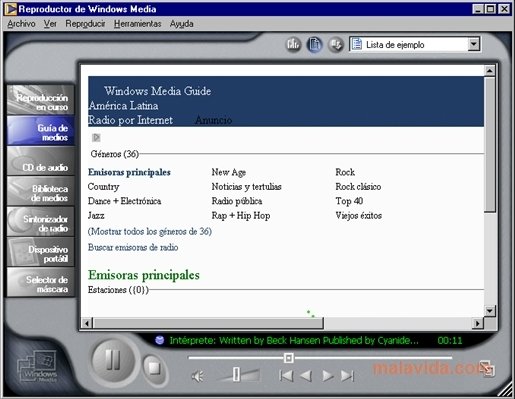


Setting up QEMU to boot Windows 10 is pretty simple. Setting Up Windows 10 On An Apple Silicon Mac Unfortunately, we don't have a MacBook Air handy, so these comparisons will have to do, for now. We also have Dell's XPS 13 2-in-1 here for comparison and it employs a tradition actively-cooled laptop thermal solution, again powered by Intel's 11th Gen Tiger Lake platform. We know this isn't entirely a fair fight-the Mac mini is a small form factor desktop with a more robust cooling solution, while the Samsung Galaxy Book S we have here is a thin and light fanless laptop. However, we also wanted to give HotHardware readers an early taste of what Apple Silicon can do against the other Arm64 platform: Qualcomm's Snapdragon 8cx running Windows 10, as well as Intel's Tiger Lake platform, of course running natively.
Virtual machine for windows 10 to mac full#
We got our mitts on an M1-based Mac mini, and a full review comparing it to the previous generation of the system, and much more, is coming soon. Now that those changes have made their way into the wild, we can see just how Apple's new hardware handles while running Windows 10. However, one very innovative developer worked up a new feature to use QEMU to boot the Hyper-V image of Windows 10's Insider Preview build straight from Microsoft.

At the same time, the big names in commercial virtualization options, VMWare and Parallels, are still scrambling to get an Arm64-native version of their apps out the door. Apple's M1-based (Apple Silicon) Mac mini, MacBook Pro, and MacBook Air spelled the end of Boot Camp, the company's solution for booting into Windows natively on its Intel-based hardware.


 0 kommentar(er)
0 kommentar(er)
